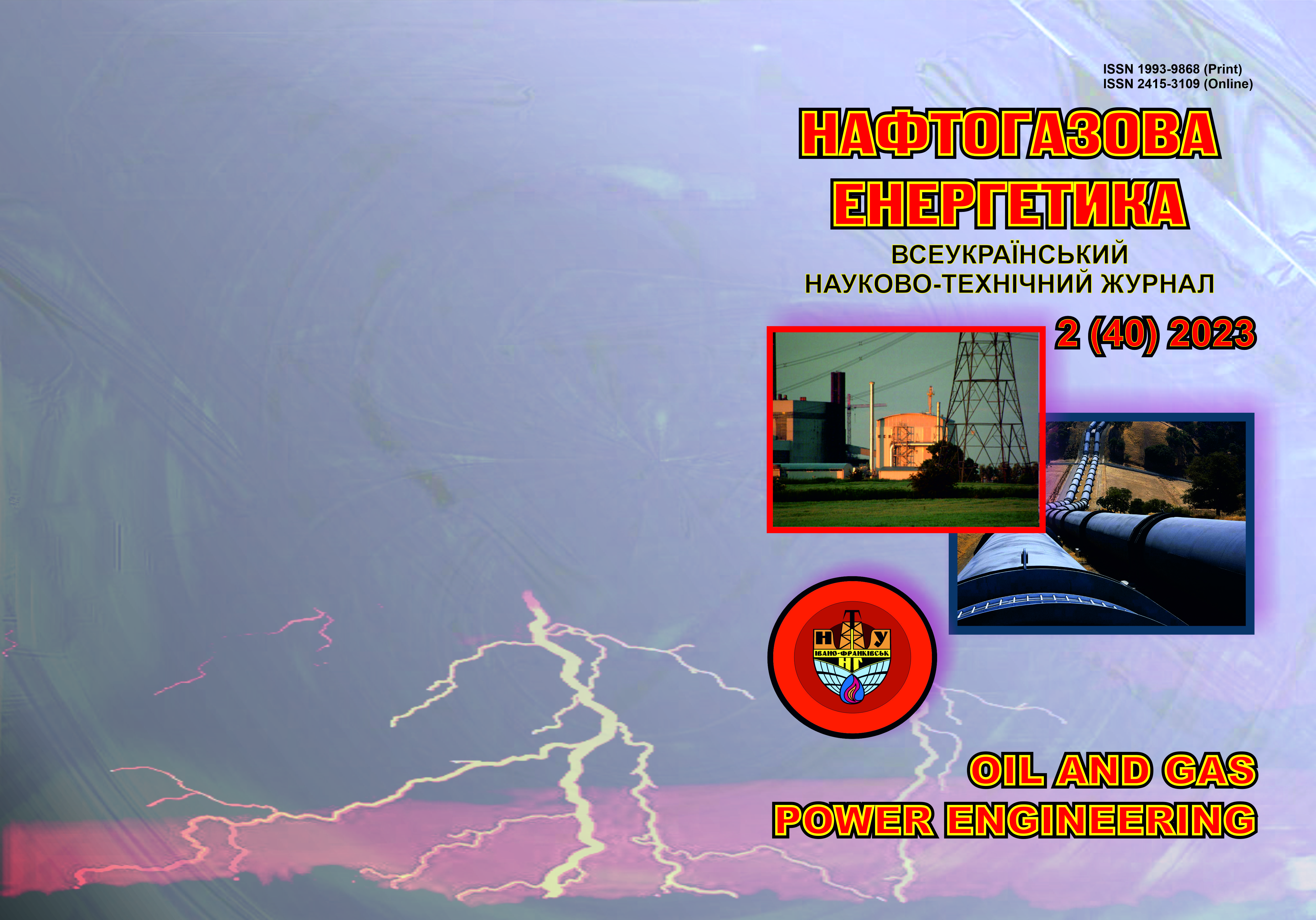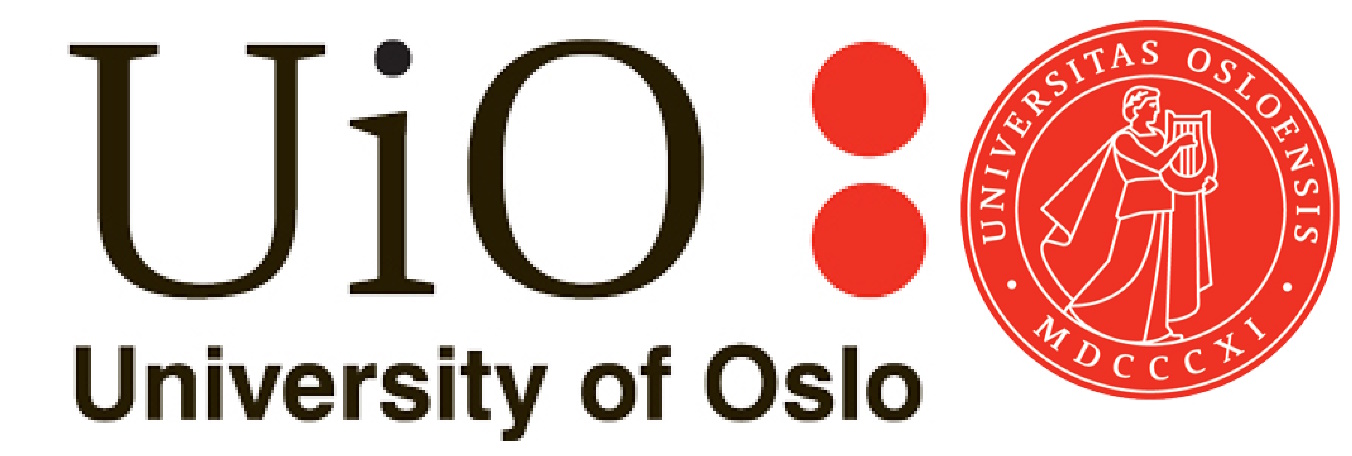The influence of chemicals on the main properties of expanding cementing slurries
DOI:
https://doi.org/10.31471/1993-9868-2023-2(40)-7-14Keywords:
composite mixture, oil well cement, cement stone, filtration, oxyl, modified methylcellulose.Abstract
Laboratory studies of the influence of chemical reagents on the main technological properties of expanding cement slurries based on Portland cement and gypsum alumina cement were carried out. However, the known formulations of cement slurries for reducing filtration have long curing time. The research was carried out using standard methods and other non-standard methods under normal conditions. The effect of oxylene and modified methyl cellulose was studied to regulate the main technological properties of expanding cementing slurries and to select the optimal chemical treatment formulation. The addition of oxylene in the amount of 0.25% to 1% increases the flowability and curing time of the expanding slurry, as well as significantly improves its pumpability. In addition, the addition of oxylene increases the strength of the stone and slightly reduces filtration, as well as reduces linear expansion by almost one and a half times. However, the addition of oxylene in an amount of more than 1% causes intense foaming of the slurry and is therefore not recommended. Modified methyl cellulose was used to reduce the filtration of expanding cement slurries. The effect of modified methyl cellulose additives (from 0.1% to 0.5% by weight of the mixture) on the properties of expanding cement slurries and stone was studied. Laboratory tests have shown that the addition of modified methyl cellulose has virtually no effect on the curing time, which is important when cementing low-temperature wells, but effectively reduces the filtration of cementing slurries. In particular, with an increase in the content of modified methyl cellulose from 0.1% to 0.5%, filtration decreases by 8-9 times. The strength of the cementing stone with a content of 0.3% modified methyl cellulose increases slightly, and with a further increase in the reagent content does not change significantly. The linear expansion of the grout and stone with 0.5% modified methyl cellulose is 4 times less than without it. However, modified methyl cellulose reduces the flowability of the cement slurry, and therefore it should be used with viscosity reducing reagents. Cement slurries with the addition of oxyl have good flowability but poor filtration, and cement slurries with the addition of modified methyl cellulose have low filtration but low flowability. Therefore, the combined effect of modified methyl cellulose and oxyl additives on the properties of the expanding cement and stone was investigated. On the basis of laboratory studies, it was established that with an increase in the content of oxyl (with a constant value of modified methylcellulose), the flowability of cement slurries increases due to the diluting effect of oxyl. However, the addition of oxyl to the modified methylcellulose does not significantly affect the curing time and slightly reduces filtration. With an increase in the content of oxyl at a constant content of modified methyl cellulose, the compressive strength of the tamponade stone increases slightly, and the linear expansion decreases proportionally to the concentration of added oxyl. On the basis of conducted laboratory studies for cementing low-temperature wells to improve the quality of fastening and preserve the collector properties of productive layers, it is possible to recommend expanding tamponage solutions with the addition of modified methylcellulose and oxyl.
Downloads
References
Orlovskyi V. M., Biletskyi V. S., Pokhylko A. M. Tamponazhni rozchyny z dyferentsiiovanym tempom naboru mitsnosti. Problemy ta perspektyvy naftohazovoi promyslovosti. 2020. No 4. P. 91 – 105. DOI:10.32822/naftogazscience.2020.04.091[in Ukrainian]
Tershak B. A., Stavychnyi Ye. M., Andrusiak A. M., Prytula L. Ya. Innovatsiini rozrobky zi sporudzhennia sverdlovyn na rodo-vyshchakh PAT «Ukrnafta». Naftova haluz Ukrainy. 2015. No 4. P. 19 – 22. [in Ukrainian]
Stavychnyi Ye. M., Ihnatov A. O. Laboratorni ta promyslovi doslidzhennia protsesu tsementuvannia naftohazovykh sverdlovyn v umovakh tovshch osadovykh porid. Instrumentalne materialoznavstvo. 2020. No 1(23). P. 88 – 103. [in Ukrainian]
Orlovskyi V. M. Tamponazhni materialy dlia pomirnykh i pidvyshchenykh temperatur, shcho rozshyriuiutsia pry tverdinni. Naftohazova inzheneriia. 2017. No 2. P. 64 – 69. [in Ukrainian]
Nalyvaiko O., Romashko O., Rudyi S. Pokrashchennia yakosti tsementuvannia naftovykh i hazovykh sverdlovyn tamponazhnym rozchynom z hidrofobnym materialom «Ramsinks-2M». Inter Conf. 2021. No 81. P. 236 – 248. https://doi.org/10.51582/interconf.21-22.10.2021.031 [in Ukrainian]
Kochkodan Ya. M., Vasko A. I. Efektyvnist zastosuvannia tamponazhnykh rozchyniv dlia tsementuvannia obsadnykh kolon na pidzemnykh skhovyshchakh hazu. Naftova haluz Ukrainy. 2019. No 5. P. 19 – 22. [in Ukrainian]
Kochkodan Ya. M. Osoblyvosti tamponuvannia sverdlovyn na pidzemnykh skhovyshchakh hazu. KhI naukova internet konferentsiia (16-18 bereznia 2015, Kyiv). 2015. P. 26 – 35. [in Ukrainian]
Downloads
Published
How to Cite
Issue
Section
License
Copyright (c) 2024 Oil and Gas Power Engineering

This work is licensed under a Creative Commons Attribution-ShareAlike 4.0 International License.


.png)






1.png)









